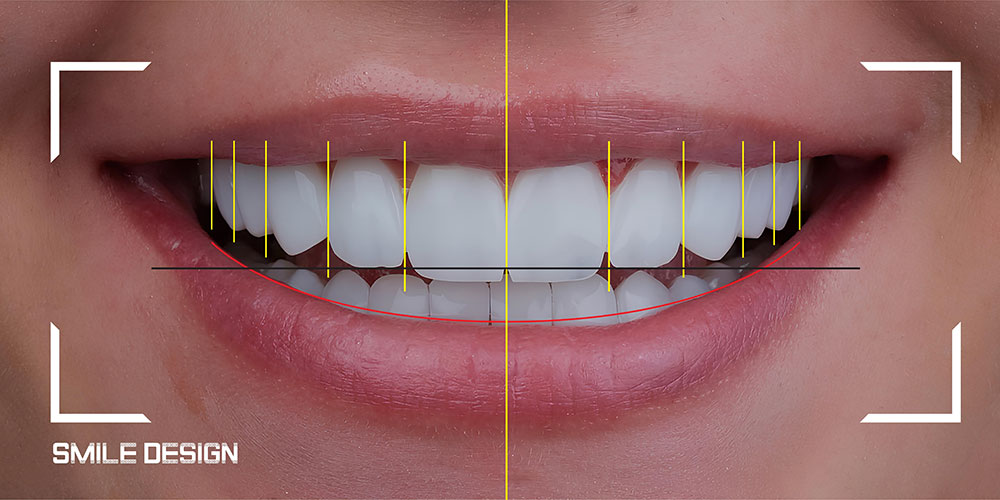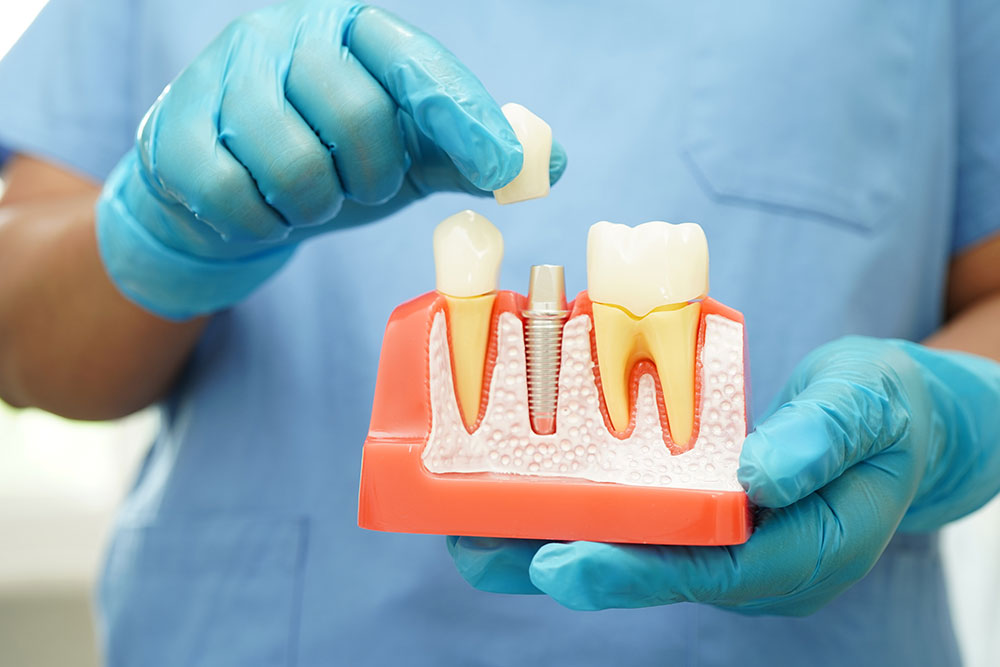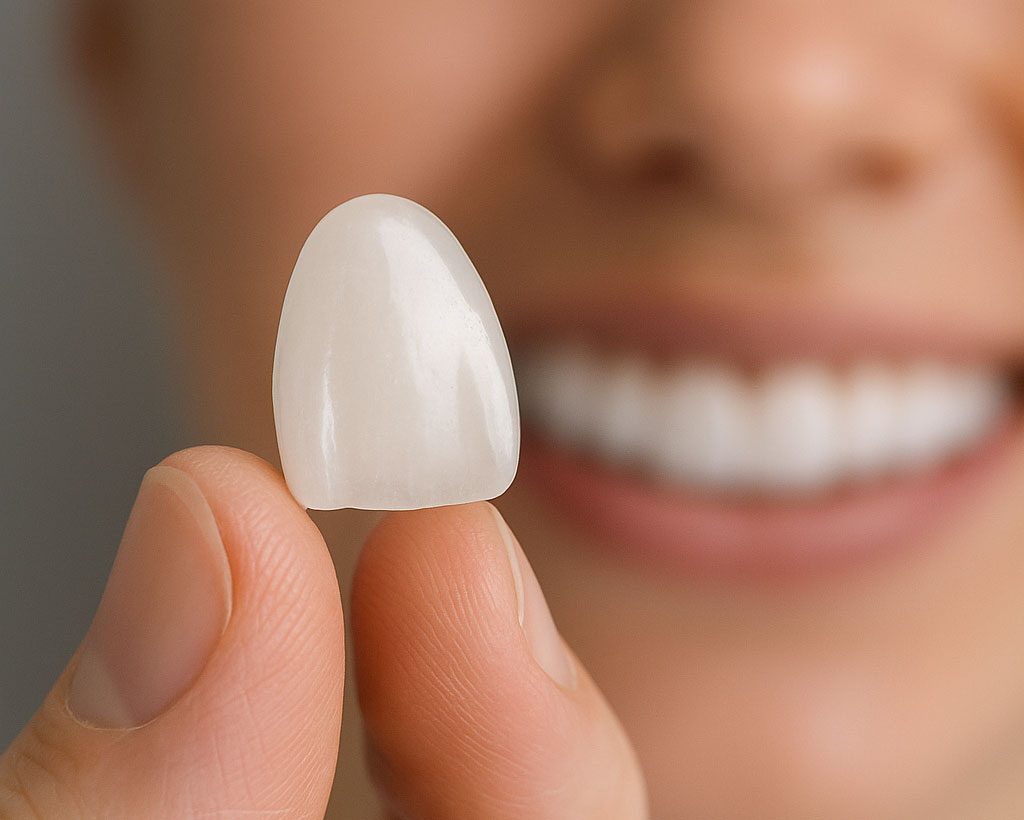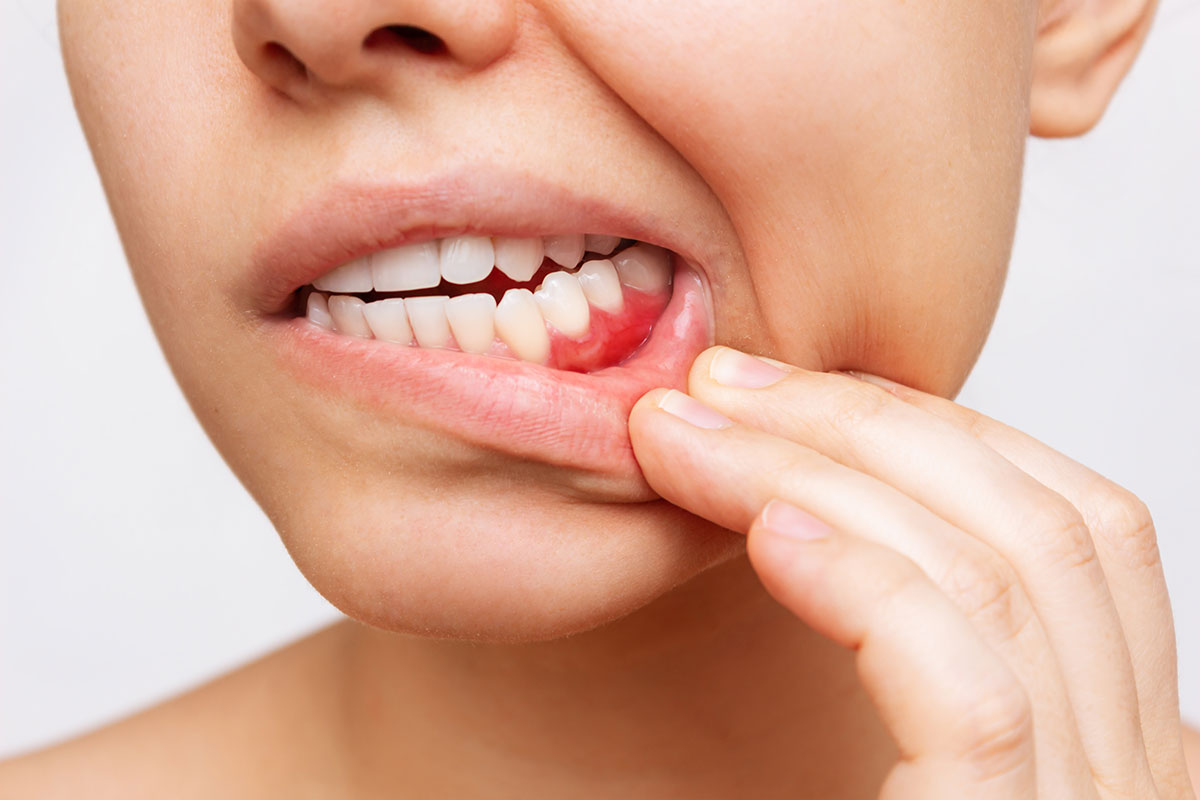A smile is a way of expressing oneself. An aesthetic smile directly affects not only appearance but also self-confidence. Small imperfections in the teeth - cracks, discoloration, gaps or deformities - can cause discomfort. At this very point dental bondingI mean. composite lamina applicationIt stands out as one of the most practical and economical solutions of aesthetic dentistry.
What is Dental Bonding?
Dental bonding is the attachment of composite resin is the process of applying a special filling material. This material is selected in accordance with the natural color of the tooth, shaped and hardened with special light. The result is a natural, smooth and aesthetic appearance.
Bonding process is usually in one session is completed, so it is extremely advantageous for patients in terms of both time and cost.
In which cases is it applied?
Dental bonding is preferred in many cases, not only for aesthetic purposes but also functionally. Dentists usually recommend this method in the following cases:
- Between the teeth cavity (diastema) if available, the gaps can be closed.
- Small bruises or fractures can be repaired.
- Your tooth shape or size can be changed.
- Lightweight coloration can be camouflaged.
- Tooth enamel abrasions can be eliminated.
- Without the need for orthodontic treatment minor alignment problems can be corrected.
Implementation Stages
Dental bonding is very comfortable and usually does not require anesthesia. The process steps are as follows:
- Inspection and planning:
The dentist evaluates the patient's tooth structure and expectations. The appropriate shade is determined. - Surface preparation:
The surface of the tooth is slightly roughened. This allows the composite material to adhere better to the tooth. - Application of bonding agent:
A special adhesive is applied to the tooth surface. - Placement of the composite resin:
Composite material suitable for the color of the tooth is carefully applied to the tooth and shaped. - Light hardening:
The material is hardened with LED blue light. - Editing and polishing:
The hardened surface is shaped, polished and given a shiny, natural look.
The whole process is usually 30-60 minutes is completed between
Advantages of Bonding Application
Dental bonding, aesthetic dentistry minimally invasive (without cutting the tooth). It offers many advantages compared to other aesthetic procedures:
- It is painless and fast: Most of the time anesthesia is not required.
- It can be completed in one session.
- Economical It is more cost-effective than laminated and zirconium veneers.
- Provides a natural look: Perfect harmony can be achieved with tooth color.
- Recyclable: If desired, the material can be removed and reapplied.
- Tooth tissue is preserved: The natural enamel is not damaged as the tooth is not cut.
The Difference Between Bonding and Other Aesthetic Applications
With Bonding porcelain lamina (leaf tooth) application is often confused. However, there are significant differences between them:
| Feature | Dental Bonding | Porcelain Lamina |
|---|---|---|
| Material | Composite resin | Porcelain |
| Duration | In one session | 7-10 days |
| Resilience | 3-7 years | 10-15 years |
| Cost | More suitable | Higher |
| Tooth cutting | Usually not required | Light etching is performed |
Therefore bonding, for urgent aesthetic needs, in young patients or people on a tight budget is an ideal solution.
How Permanent Is Dental Bonding?
The lifespan of bonding varies depending on the quality of the material used, the patient's oral care and habits. Average lifespan 5 to 7 years between.
With regular maintenance and checks Up to 10 years may be extended. However:
- Avoid biting hard foods,
- Objects such as pencils and nails should not be held with teeth,
- Smoking and excessive tea and coffee consumption should be limited.
These simple precautions ensure that the bonding remains aesthetic for many years.
Things to Consider After Application
There is usually no sensitivity after the bonding procedure. However, in order to preserve the aesthetic appearance, the following recommendations should be considered:
- During the first 48 hours colored drinks Stay away (coffee, wine, cola).
- Regular brushing and flossing use should not be neglected.
- Every 6 months dentist checkup should be done.
- If you have a habit of grinding your teeth to prevent damage to the bonding surface night record should be used.
Who is not suitable for?
Although bonding is a versatile aesthetic solution, in some cases it should not be preferred:
- Those with severe teeth clenching (bruxism) habit,
- For teeth with extensive decay or large fractures,
- Extreme color differences,
- In cases where the tooth enamel is severely eroded,
instead of bonding porcelain lamina or veneer preferable.
Dental Bonding Prices 2025
Bonding price varies according to the number of teeth to be treated, the experience of the dentist and the quality of the material used.
Since an aesthetic smile design usually involves several teeth, the total cost is determined according to the individual plan.
Conclusion A Fast, Affordable and Impressive Smile Makeover
Dental bonding for minor aesthetic defects does not require surgical intervention, fast, economic and natural consequences is a method that gives.
If you want to refresh your smile, correct minor flaws in your teeth or achieve a more symmetrical appearance, this procedure may be for you.
In short; smiles that change in an houris now possible with dental bonding!





